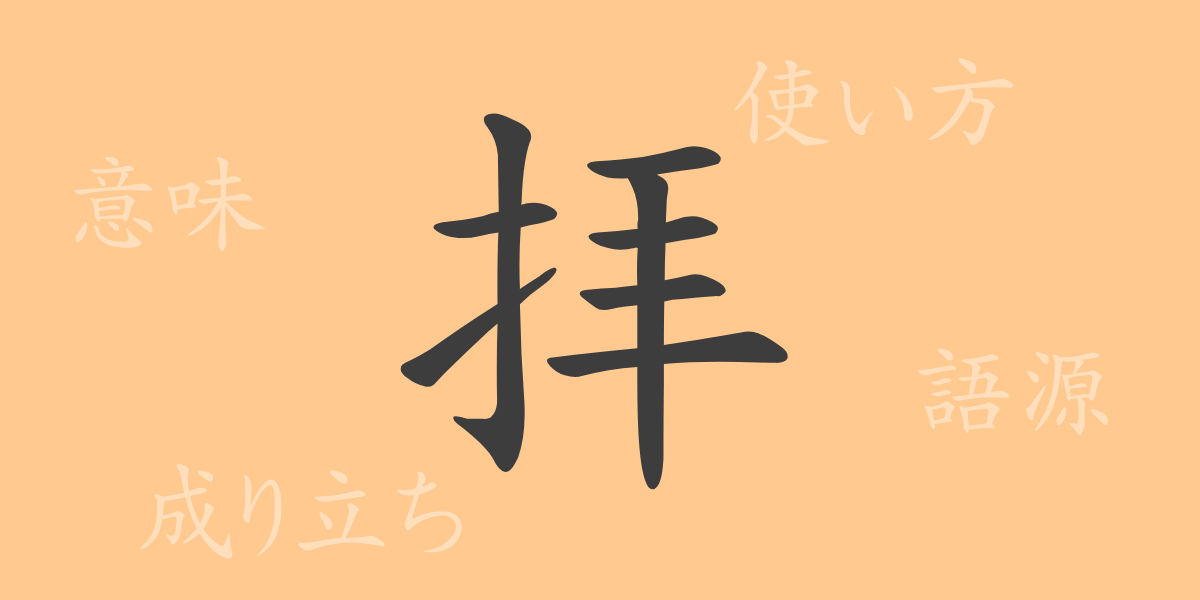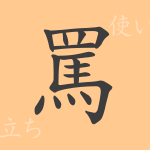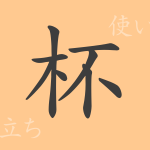Japanese culture and language are deeply rooted in history and meaning, with kanji playing a pivotal role. One such kanji, “拝” (はい), is frequently used in everyday life. This article delves into the origins, meanings, and uses of “拝,” exploring how this kanji, rooted in Japanese culture, influences our language and actions. Let’s explore how the kanji “拝” enriches our communication.
The Origins of 拝 (はい)
The kanji “拝” originated in ancient China. It combines “扌” (てへん – hand radical) and “示” (しめす – show), where “示” is a pictograph representing gods or ceremonies. Originally, it depicted the act of praying to gods, symbolizing reverence or worship. Thus, “拝” initially denoted actions showing respect or veneration towards deities.
Meanings and Usages of 拝
“拝” has multiple meanings, primarily used to express ‘seeing,’ ‘respecting,’ and ‘requesting.’ In Japan, it often describes the act of bowing with hands together, a gesture of respect. It is also used when asking for favors, as in “拝願” (はいがん), which means to make a respectful request.
Readings, Stroke Count, and Radical of 拝
The kanji “拝” has several readings and features in Japanese:
- Readings: On-reading is “ハイ,” Kun-reading is “おが・む”
- Stroke count: A total of 9 strokes.
- Radical: 扌(てへん – hand radical)
Phrases and Proverbs Involving 拝
“拝” is found in many idioms and polite expressions, playing a significant role in Japanese language. For example, “拝見” (はいけん) is a humble way to say ‘to look’ at something belonging to someone else, “拝借” (はいしゃく) is a polite expression for borrowing something, and “拝啓” (はいけい) is used to express respect at the beginning of a letter. These phrases reflect the beauty of Japanese politeness.
Summary of 拝
The kanji “拝” embodies respect and worship, derived from its form and history, and is widely used in Japanese to express polite gestures. From everyday conversation to business scenarios and literary works, “拝” is indispensable in Japanese language and culture. Through this article, understanding the profound meanings and applications of “拝” can enrich your Japanese expressions.

























